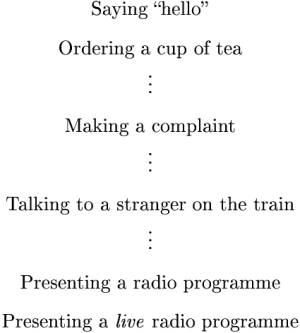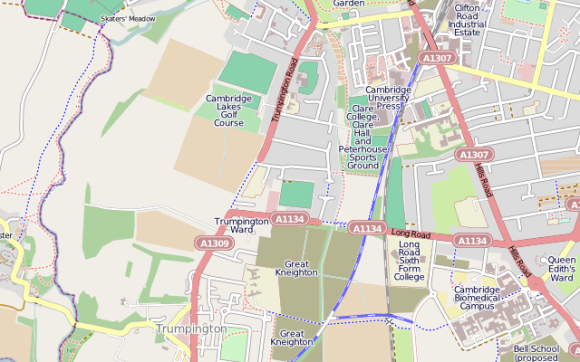When I started writing this particular post, the answers which I later discovered weren’t that obvious but I feel quite dumb for not seeing it sooner. I do do quite a bit of research for this blog’s posts but it really depends if the subject is something I can really get into—something closer to my heart, I know enough (e.g. specialist terms) to be able to search deeper and in more detail.
I’d first like to clarify something: I’m not a trainspotter. I’d also like to clarify that I don’t hate trainspotters and apologies for offending any of them fellow human beings by suggesting that it’s beyond acceptable to be interested in such things. We all have hobbies, and we have hobbies that other people either don’t understand or are disinterested in. I am however quite keen on the railways themselves: not so much the signalling and stations, but the tracks and how they all fit together are what interest me most. I’ve been drawing sketches of track diagrams for what, ten years now—just as doodles—and I’ve thought a couple of times of scanning them all in and seeing if they fit together in some way. This isn’t quite the same as when, as a child, I’d draw large town plans on A4 paper and deliberately ‘expand’ the town or village onto another page. There were ferry crossings (easy to draw) and really idiotically complex junctions, but never any houses for some reason; and I always stuck car parks underground (too much effort to draw them on the surface).
To cut a long story short, things on the railways like the stations don’t usually interest me—fine architecture: yeah, sure but everyone enjoys the sight of a nicely built 19th-century station every now and then(!)—but there is something which has been catching my attention since I moved to Haarlem, the provincial capital of Noord-Holland. I take the train to work and pass through a few stations with, quite frankly, odd platform numbering schemes. At this point, you may leave if you want to. Haarlem itself doesn’t have platforms numbered 2 or 7; Amsterdam Sloterdijk begins numbering platforms at number 3; Amsterdam Muiderpoort has a set of platforms—2 and 3—on one side of the station but another set—platforms numbered 8 and 9—on the other.
Now this is all pretty trivial but I found it pretty strange that some stations didn’t have certain platforms. Or more correctly, platform numbers. And that’s when I started to feel pretty dumb.
In the United Kingdom, we would use the word ‘platform’—a train stops at a platform, you board a train from a platform, and it’s "platform 1 for the …". The Dutch word used, however, is ‘spoor‘ which translates as ‘track’. There is a word for ‘platform’ but this refers more to the physical object itself: ‘perron‘. It’s just that the Dutch noticed that a train could be at more than one platform, in principle, but only ever on one set of tracks. I think; I’m not sure which country has the better system.
But there is indeed a track between the ‘platform 1’ track and the ‘platform 3’ track at Haarlem, called ‘spoor 2’. It’s used by trains to bypass platforms 1 and 3, which makes sense, but it doesn’t have a platform of its own—think of a sandwich with three cheese slices: the bread is/are platforms, and each cheese slice is a different track. But what’s more interesting is why I’m asking you to imagine a cheese-and-platform sandwich.
Amsterdam Muiderpoort also now makes sense: from west to east, the first viaduct to be built supports tracks 1–6 including platforms serving tracks 2 and 3. When the line down to Utrecht was built later on, its viaduct carried tracks 7, 8 and 9 and platforms serving tracks 8 and 9; track 7, I believe, has been lifted but the tracks are still numbered in sequence. Amsterdam Sloterdijk does have two tracks to the north of the track serving platform 3 that I guess could be considered part of the station’s area, but not part of the station; I think they’re only used by freight traffic but they could well be numbered as tracks 1 and 2. Will investigate.
And just for trivia’s sake: Nijmegen has the highest numbered platform in the country, platform 35; pretty good going considering Nijmegen only has four platforms in total.


